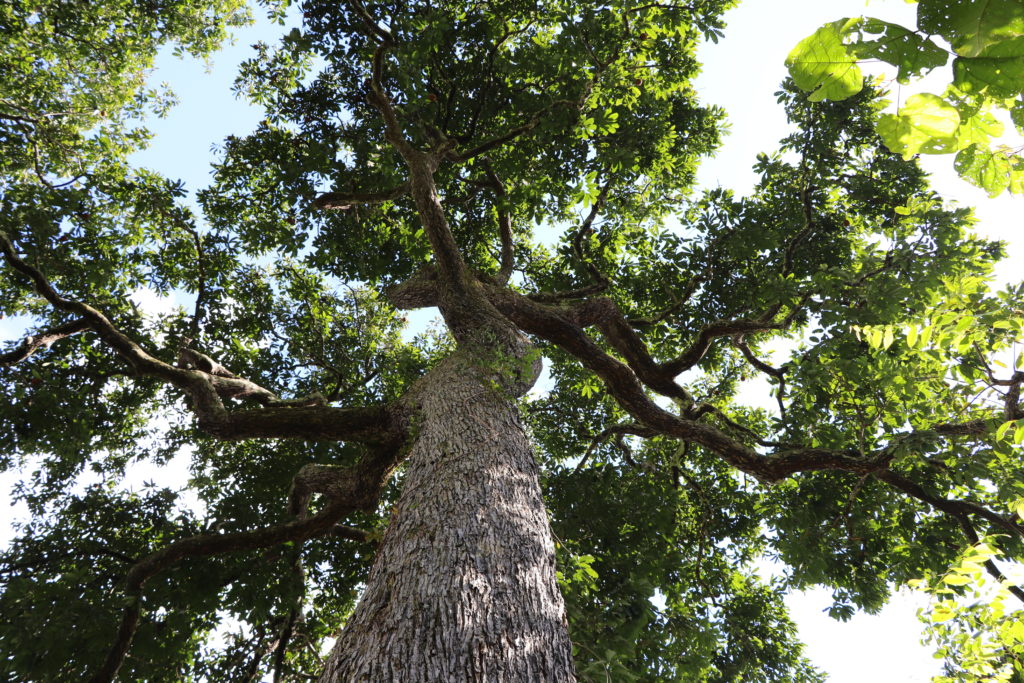New study led by PhD student Victor Caetano Andrade of the Department of Archaeology, Max Planck Institute for the Science of Human History shows that tropical trees act as a living record of past human activity in the Amazon.
The Brazil nut tree (Bertholletia excelsa) is well known around the world today and has been an important part of human subsistence strategies in the Amazon forest from at least the Early Holocene. These trees can live for hundreds of years and are managed today by humans for their valuable, energy-filled nuts. Patterns in the establishment and growth of living Brazil nut trees in Central Amazonia reflect over 400 years of changes in human occupation, politics, and socio-economic activities in the region.

In a new paper published in PLOS One, an international team of scientists reports the combined use of dendrochronology and historical survey to investigate the effects of societal and demographic changes on forest disturbances and growth dynamics in a neotropical tree species, the Brazil nut tree. The study, led by scientists from the National Institute for Amazonian Research, alongside colleagues from the Max Planck Institute for the Science of Human History, shows the influence of human populations and their management practices on the domestication of rainforest landscapes.
The researchers used non-destructive sampling, in which small samples are removed from the bark to the center of the trees, and compared tree-ring data from cores of 67 trees. This is the first study of human influence on the growth of trees that extends as far back as 400 years, to pre-colonial times in that region of Brazil. This work also reinforces that pre-colonial populations left important imprints in the Amazon, contributing to changing forest structure and resources through time.
Future interdisciplinary analysis of these trees, including the use of genetics and isotopes as part of a project undertaken by our team (and led by Victor as part of his PhD work) at the Department of Archaeology, Max Planck Institute for the Science of Human History, should enable more detailed investigations into how human forest management has changed in this part of the world, through pre-colonial, colonial, and industrial periods of human activity, with potential implications for conservation.
Interested in learning more?
Caetano Andrade VL, Flores BM, Levis C, Clement CR, Roberts P, Schöngart J (2019) Growth rings of Brazil nut trees (Bertholletia excelsa) as a living record of historical human disturbance in Central Amazonia. PLoS ONE 14(4): e0214128. https://doi.org/10.1371/journal.pone.0214128
Patrick Roberts is interviewed by Germany’s leading public radio broadcaster: https://www.deutschlandfunk.de/oekosystem-im-regenwald-archaeologe-baumringe-verraten.676.de.html?dram:article_id=445475
